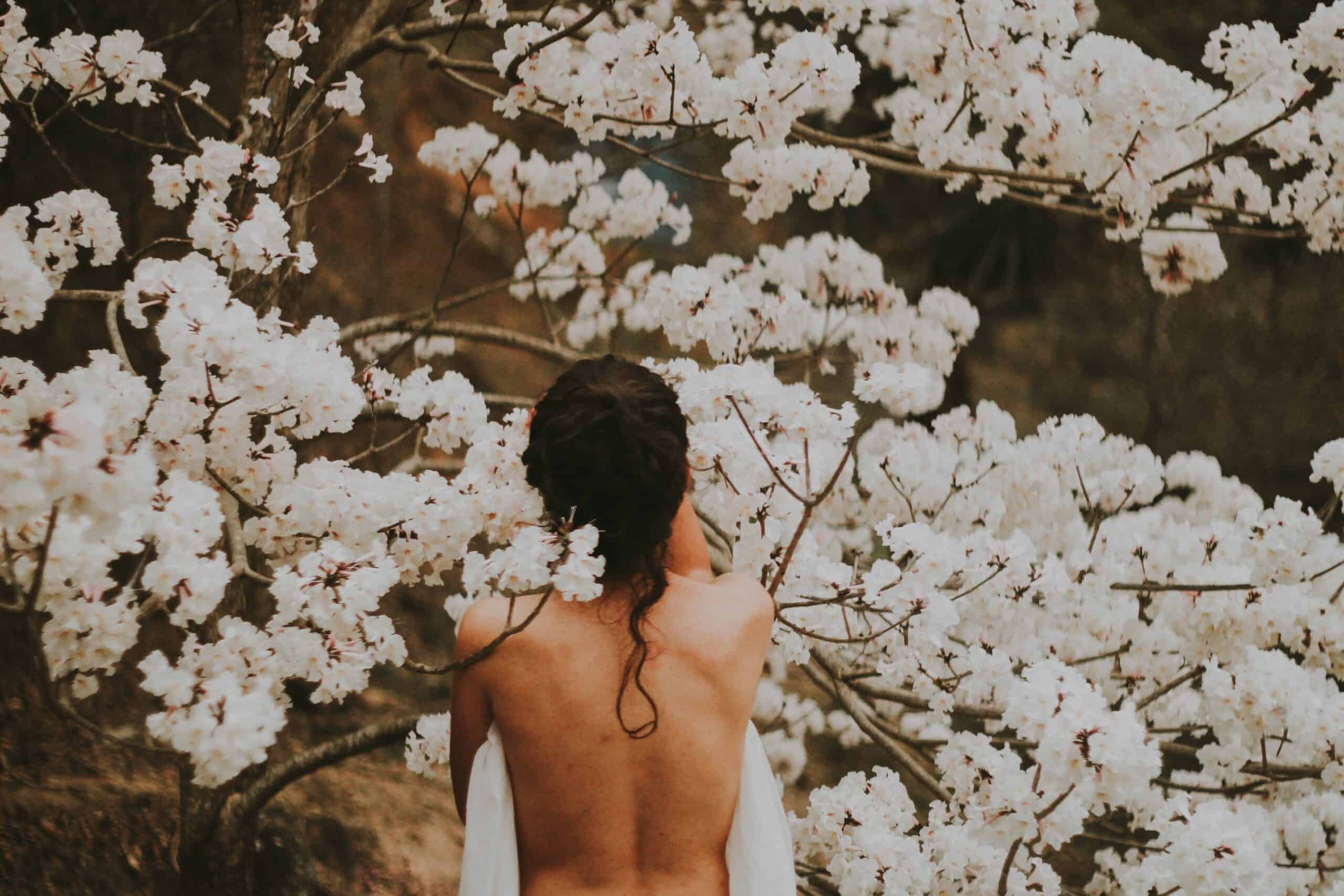Grape hyacinth, or the Muscari armeniacum, is an unforgettable flower―a true beauty to behold. Its clusters of tiny, cobalt-blue flowers sit atop thin green stems and can reach up to 8” tall. This multi-award-winning species is well-known for its winter hardiness, easy-to-grow attributes, and multiple uses in the garden. Plant it in large groups, or sprinkle it among contrasting-colored flowers for an astonishing effect.
The scientific name for the author of this plant is “Muscari armeniacum” and its family is the Asparagaceae. It is a perennial plant, meaning it will come back to life each year.
How to Plant, Grow and Care for Muscari Armeniacum
Grape Hyacinth grows best in cold regions and prefers full sun or partial shade―although they will still thrive in full shade. Plant them in well-drained, average-fertility soil rich in organic material. The ideal soil pH is 6.0-7.0. Water whenever the soil is dry to the touch, but be careful not to waterlog the soil.
Fertilizing Grape Hyacinth is not necessary, but adding a slow-release fertilizer to your soil before planting can help it establish better. After the first year, you can periodically apply a balanced fertilizer to the soil to promote more blooms.
Grape Hyacinths are hardy in USDA Hardiness Zones 3-9 and will survive with temperatures as low as -10°F (-23°C). Prune your plants in late fall to stimulate growth and flowering in the following spring.
Meaning and Symbolism
Grape Hyacinth generally symbolizes friendship, attraction, good luck, modernism, and wealth. Its blue color is associated with loyalty, honesty, trust, and strong faith. It’s also a flower associated with Jewish faith and beliefs and it has a special link to the Passover Festival.
History, Mythology, and Religious Significance
Grape Hyacinth features prominently in the myths and beliefs of many cultures. In Ancient Greek mythology, it is associated with the Muses and Narcissus, the personification of unrequited love. In Christianity, the grape hyacinth symbolizes the coming of his grace. In Hinduism, the plant is referred to as the `ball of peacock feathers.` Also, this flower has an important message in the Passover Seder meal.
Varieties and Defining Characteristics
The Muscari armeniacum is composed of several varieties, all of them distinguished by their shaping and color. The following are some of the most popular varieties:
- Plumosa: The Plumosa has a feathery foliage and globes of small, creamy-white flowers.
- Macrocarpum: The Macrocarpum is the largest variety of the Muscari armeniacum and features globes of deep blue, pink, or white flowers.
- Blue Spike: The Blue Spike is an early-blooming variety with graceful, blue spikes covered in small, bell-shaped blooms.
- Albanicum: The Albanicum is a late-blooming variety that produces clusters of white or pale blue, bell-shaped flowers.
How to Pot and Repot Muscari Armeniacum
When picking a pot, you should aim for handful that is slightly bigger than the nursery container, so that the plant has room to grow. To ensure proper drainage, use your potting mix, or a mix of one part soil, one part peat moss, and one part perlite. Make sure your pot has enough drainage holes at the bottom. Once you transfer your plant to the new pot, water it generously.
How to Prune
Grape Hyacinth occasionally needs to be pruned. If your plant is in need of tidying, simply trim off the dead leaves and flowers. The best time for pruning is in fall, when the flowering season is coming to an end. It is important to note that once you trim your plant, the flowers will not bloom for another year.
How to Propagate
Propagating Muscari armeniacum is a great way to quickly grow more of these beautiful flowers. Usually, it is done through division. Clumps of bulbs can be dug up and gently separated and replanted. Some varieties can also be propagated via seed. Seeds should be sown in early spring.
Common Pests and Plant Diseases
Grape Hyacinth can sometimes be affected by fungal diseases such as scab, rust, and leaf spot. To minimize the risk of infection, avoid overwatering and water your plants in the mornings. Bulbs may also be affected by a few pests like slugs, snails, and aphids. Keeping the area clean from debris and leaves can help avoid pest infestation.
Frequently Asked Questions
- Q. How long does it take for Muscari Armeniacum to bloom?
A. The blooming process usually takes place in spring, and lasts for a few weeks. - Q. Is Grape Hyacinth suitable for indoor potting?
A. Yes, Grape Hyacinth can be used both to decorate your living room as well as to add more color to your garden. - Q. Can I combine this flower with other plants?
A. Yes, Muscari Armeniacum looks amazing when planted in large groups or sprinkled among contrasting-colored flowers.
Fact Sheet
| FAMILY | Asparagaceae |
|---|---|
| PLANT TYPE | Perennial |
| MATURE SIZE | Up to 8” tall |
| SUN EXPOSURE | Full sun/ Partial shade/ Full shade |
| SOIL TYPE | Well-drained, fertile soil |
| SOIL PH | 6.0-7.0 |
| BLOOM TIME | Mid to late spring |
| FLOWER COLOR | Cobalt-blue |
| HARDINESS ZONES | 3-9 |
| NATIVE AREA/ORIGIN | Europe, Caucasus, and Middle East |
What we love from Amazon this week
Buy these wonderful flowers directly from Amazon:















